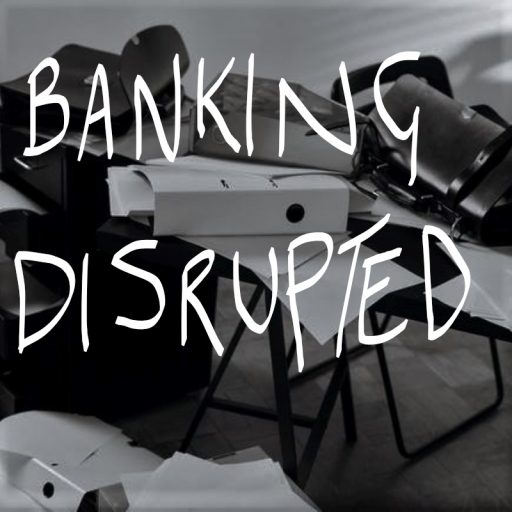Key Person of Influence (KPI) highlights a five-step process to become one of the most highly valued and paid people in your industry. Priestley shares several strategies for navigating the changing work environment, particularly how these changes have necessitated a rethink around positioning personal brand. The KPI method covers Pitch, publishing, products, Profile, and partnerships. Managing each area well and implementing at pace enables anyone to position themselves in their industry successfully. This approach has been tried and tested in over 50 separate sectors and is recognised as a form of accelerating personal brand building.
Big Messages/ Key Quotes:
- A KPI is someone who comes up in conversation regularly, attracts many opportunities, earns significantly more money than their peer group and can make any project they turn their hand to successful. They are well connected, well regarded, and well known, making them highly valued
- The world of work has changed significantly due to incredible strides in technology development, where individuals now compete with software across many professions such as accountancy, professional legal services and healthcare, where automation has significantly changed the role of these vocations
- More entrepreneurs emerge because of the global recession, as opportunities become more abundant. Evolution is also core to why this sector has mushroomed as some of the best thinking that may have been done in the innovation space five years ago is now outdated. Even software that was purchased five years back is now outdated or obsolete. Consumer expectations are also changing, where people expect to try all things for free that they would have paid for five years ago. To move forward, it is better to forget everything you learned about the world five years ago and start from this present moment
- When it comes to looking at a KPI, they tend to exhibit more vitality than functionality. The key differentiation between vital and functional individuals is that vital people focus on creating value, and functional people focus on executing a set of predefined processes.
” a functional person wants to get more; a vital person wants to produce more; a functional person wants to study more; a vital person wants to share more. A functional person wants to be shown a path; a vital person wants to create one. A functional person is worn out by their functionality; a vital person is re-energised by their vitality”.
- The first step of the programme is Pitch, which communicates your uniqueness and value. Any Pitch needs to be compelling to open any door and motivate you daily. Hence, it needs to combine a sense of fun with structure and allow competition with others, all looking to win a prize. Naturally, the game must be capable of being won or lost. A pitch is typically the response to the question,” what do you do”. This is an ideal opportunity to reframe a traditional reaction like “I have a training company that deals with HR issues” to something like” I have a training company that teaches managers how to fire an employee properly. We are experts in having difficult conversations and firing people, so they feel OK about it. We also save our clients a fortune in legal claims”. Every Pitch must centre around solving a problem and must be grounded in reality, offering credentials at a customer, technology, or industry level. The Pitch also needs to be able to define the payoff clearly
- The second step is Publish. This is the primary mechanism by which people should trust you, want to learn more about what you do, and learn how to pass this information on to others. Most brands start with published content, e.g. writing a book, publishing, creating leadership, or publishing articles. Undertaking the process of creating content also helps you get clear around your Pitch and how you want to be recognised as a credible player in your chosen market
- The third step is Product. This phase acknowledges that money always moves towards hot products. In digital services, the offering should generate income. The products you offer need to cement your brand, which can be established with other online media such as podcasts, webinars, and presentations.
- The fourth step is Profile. Anybody who is considered a key person of influence is well known, regarded and trusted in their industry. Here are some tried and tested ways of building your Profile:
- Creating an online presence through either a website, Twitter, Facebook or Slideshare
- Use the content that you are creating online to attract potential clients to you
- Ensure that you keep your online channels updated, i.e. your Facebook, Twitter, Insta, YT feeds and channels. A strong Profile can save you money in the long term by reducing your overall marketing and communication spend
- make sure that your Google-able; have an online footprint through all the web channels and social media platforms discussed above
- The last of the five-step plan is Partnership. This is the ability to work with other KPIs to drive impressive results. A partnership needs to combine two symbiotic entities, which could be as simple as one entity with followership combining with another with a great product. This would be an excellent opportunity for both entities to leverage each other’s assets and co-create value. The Partnership’s spirit should be well understood by all parties and cement that collaboration through the right tools like negotiations and written agreements. Some examples of partnerships include affiliates, co-promotion between two companies with similar size databases, product creation partnerships in the form of makeover packages, and packaging up offerings like movie meal deals. Partnerships can be established through networking for alliances, not through the process of looking for clients.
- All these processes require implementation; therefore, if you want to pursue success and achievement, it means operating as part of a broader ecosystem as no one can do this alone. It is also sensible to leverage experts as you run through this journey and do not fall foul of the illusion of limited resources. Remember, there is only resourcefulness.
- Learn to ask yourself some better questions because that will ultimately lead to some better answers. Make sure that you can differentiate between requests and opportunities; requests are all transactional. Opportunities represent the focus on value. People are also more inspired to work on an opportunity fast than on a request.
“when you are a key person of influence, you don’t chase great opportunities they find you.”




